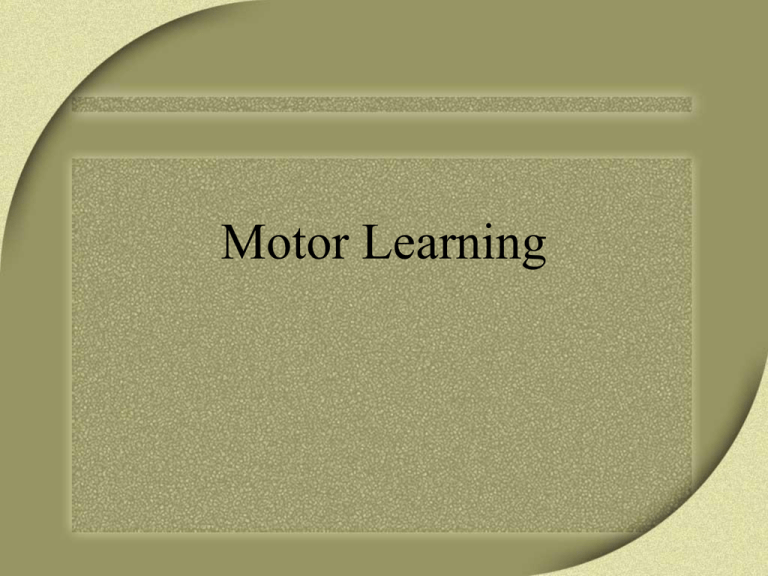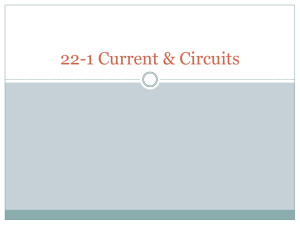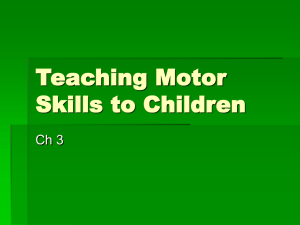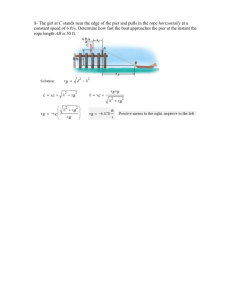Motor Learning
advertisement

Motor Learning What is Motor Learning? internal processes in external force field (practice and experience) that lead to permanent changes in responding Elements of Motor Learning (according to Schmidt) Some Motor Learning Tasks • Riding a bike • Swinging at a baseball • Novices: Fall over a lot • Consciously Learn: How to balance • Experts: Perform the action without conscious thought • Novices: Miss a lot; exhibit ‘jerky’ motion • Cognitively learn: eye on the ball; shift weight; etc. • Experts: exhibit smooth motion, coordination of shoulders, legs, etc. Memory of Motor Skills • from the ‘level of the brain’ to the ‘level of the muscles’ • Similar to ‘muscle memory’ • The case of H.M. : A clinical case of a man with no long term memory; he could learn a motor skill, and would show the effects of practice, but could NOT remember ever learning the skill! The Law of Diminishing Returns • biggest improvement in early stages • ‘learning curve’ slows • Example - It only takes a few weeks to learn how to swim, but it takes years to go from being an expert swimmer to an Olympic level swimmer Graph of Diminishing Returns Diminishing Returns 120 Skill Ranking 100 80 60 Skill 40 20 0 0 2 4 6 8 10 12 14 16 18 20 22 24 26 28 30 Time Motor Skills Highlights 1. GRADUAL -”practice makes perfect” - repeated performance of a new movement required 2. PATTERN OF DIMINISHING RETURNS -large gains at beginning of practice 3. MASSED VS DISTRIBUTED LEARNING 4. TRANSFER to other body parts 5. ALMOST NO LOSS OF SKILLS OVER TIME Discussion • IV: type of movement – normal versus reversed • DV: time off target (TOT) in seconds • Graph: TOT vs trials • It’s easy to imagine adults learning new skills, but what about infants? • Are motor skills ‘automatic’ or ‘controlled’?











